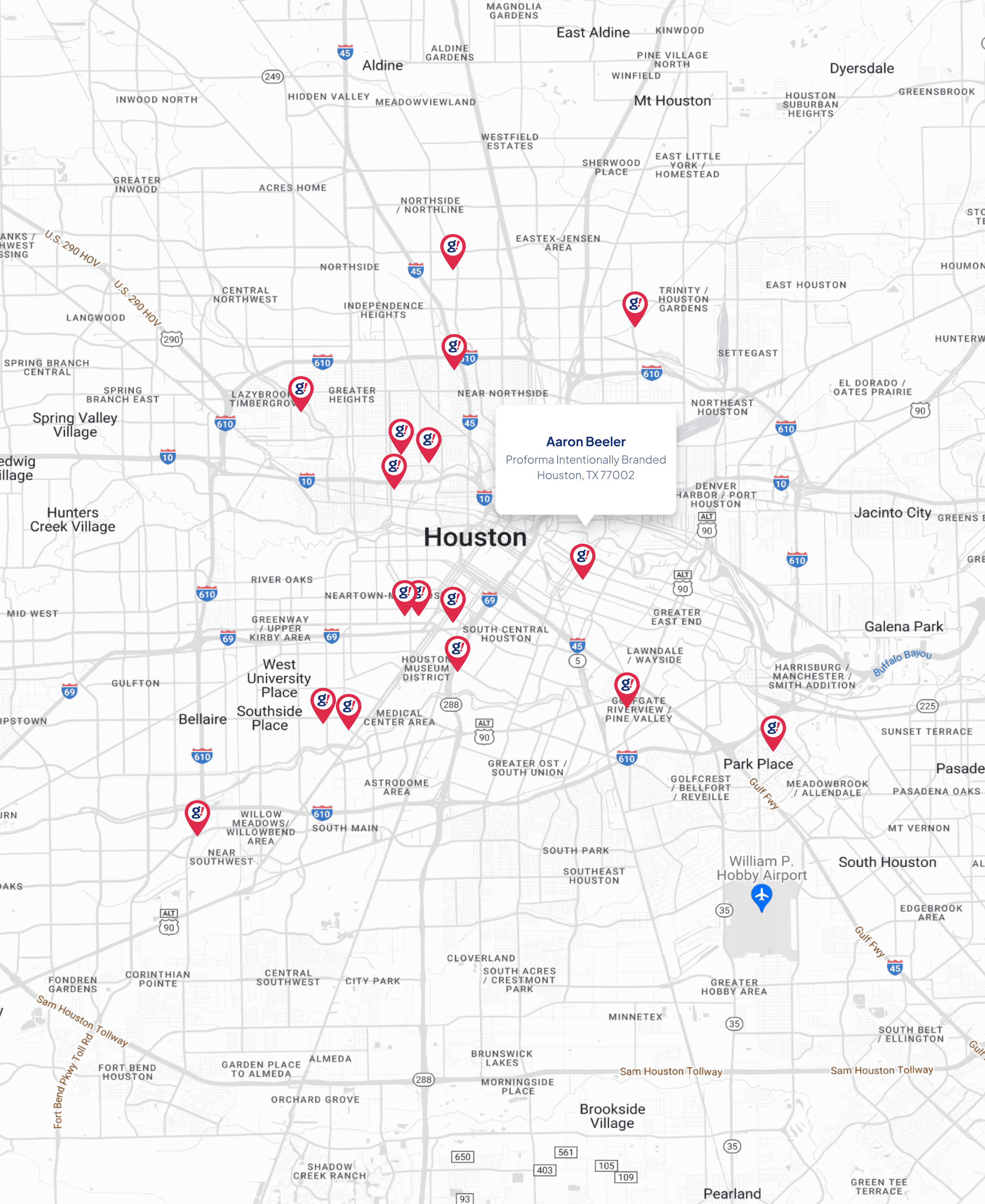WordPress Website Development
11 Best Practices for WordPress Security in 2025
Discover the 11 best practices for WordPress security in 2025. From robust authentication to essential plugins, learn how to protect your site from evolving cyber threats. Stay ahead of the game and fortify your digital fortress today!
Aug 23, 2025
9 min read

TL;DR: 11 Best Practices for WordPress Security in 2025
Guard Your Digital Fortress: Nail down plugin management, implement robust authentication, and ensure your hosting environment is bulletproof. Think of this as your site’s armor.
Fortify the Foundation with Essential Plugins: Treat security plugins like your trusty watchdogs. Wordfence and Sucuri are not just tools, they’re your site’s best friends.
Beneath the Surface: Hosting Matters: Your hosting provider is like the foundation of a house. Choose one that understands WordPress security like a pro.
User Access Control: The New Password Paradigm: Passwords alone won’t cut it. Embrace multi-factor authentication like it’s the new black.
Regular Maintenance: The Lifeblood of Security: Keep your WordPress site as fresh as your Instagram feed. Regular updates and backups are your best allies.
Back-Up Brilliance: Consider backups your safety net. When things go south, this is your get-out-of-jail-free card.
The Code Behind Safety: Dive into your WordPress code with the zeal of a coder on caffeine. Secure your wp-config.php like it’s the crown jewels.
Staying Informed: The Importance of Security Education: Security isn’t a one-time gig. Stay in the know about the latest threats, like any good detective worth their salt.
Monitoring and Incident Response: Like any good security system, your site needs eyes on it 24/7. Be ready to act when the alarm rings.
Community-Driven Solutions: Lean on your fellow WordPress warriors. Collective intelligence is your secret weapon.
Future-Proofing Your WordPress Site: Stay ahead of the game by anticipating tomorrow’s threats today. It’s not just about defense; it’s about foresight.
Guarding the Digital Fortress
Let's be real: in the fast-paced world of cybersecurity, it feels like we're living a never-ending action movie. But instead of battling aliens or zombies, we're fending off cybercriminals lurking in cyberspace. As we step into 2025, the sophistication of these threats is off the charts, making the task of protecting your WordPress site a top priority. WordPress is the rock star of CMS platforms, powering over 40% of the web, and that makes it a juicy target. Enter Kathy Zant, CEO of Zantastic LLC, with insights during a recent webinar, emphasizing the need to stay one step ahead.
Vigilant Plugin Management: Think of plugins as your site's wardrobe. A few well-chosen pieces can make it shine, but an outdated plugin? That's a cybercriminal’s open invitation. Regularly audit and update your plugins, or you might find yourself starring in a cautionary tale of breaches and lost trust.
Robust User Authentication: Let's talk passwords. It's 2025; simple passwords are so last decade. Multi-factor authentication (MFA) is the way forward. Picture adding an extra lock to your door, it's a simple step that sends intruders packing.
Secure Hosting: Your hosting provider shouldn't just be renting you server space; they should be your security partner. Look for built-in firewalls, automated backups, and everything that spells "secure."
By combining these strategies, you'll fortify your digital fortress against today's threats and preemptively tackle tomorrow's challenges. Zant's talk was a masterclass in staying ahead, turning vigilance into your best defense tool.
Fortify the Foundation: Essential Security Plugins
WordPress security is like building a sandcastle in a tide zone. You need strong defenses, and plugins are your first line of safeguard. During her webinar, Kathy Zant underscored the importance of picking the right plugins.
Wordfence Security: Call it the Swiss army knife of plugins, it comes packed with a firewall, malware scanner, and login security. It's like having a security team working round the clock, making hackers think twice.
Sucuri Security: The multi-layered fortress your site deserves. It’s not just about saying "no entry" to malware; it's about offering a complete security suite that anticipates threats. The real win? Immediate response protocols that keep cyber woes at bay.
Plugin management is more than a set-and-forget deal, keep them updated and relevant. Your logins could also use some fortifying. Add two-factor authentication (2FA) through plugins like Google Authenticator, and sleep easier knowing hackers have their work cut out.
Beneath the Surface: Hosting Matters
Hosting often sits behind the scenes, overshadowed by flashier threats like malware, but it’s your unsung hero. A solid hosting provider is the fortified bunker beneath your WordPress fortress.
Choose Wisely: Shared servers can lead to shared nightmares. A premium WordPress host gives you a secure, dedicated environment, complete with top-notch defenses like firewalls and DDoS protection. It's like living in a gated community versus a crowded apartment building, safety first!
Remember, a great host won't just support your site's performance; it'll also offer seamless updates for WordPress core files, themes, and plugins, because nothing says "I'm prepared" like a site running on the latest software.
User Access Control: The New Password Paradigm
Password strength is like a toothbrush, personal, and should ideally be changed regularly. In 2025, if passwords are your only defense, you're asking for trouble.
Password Managers: Think of them as digital vaults for your credentials. They craft complex passwords so you don’t have to, ensuring each account gets its unique lock and key.
Multi-Factor Authentication (MFA): It's like adding an extra bolt to your cyber door. Hackers who get past the password will need more than just luck to make it past this barrier.
User Role Management: Not everyone needs the keys to the kingdom. Assign roles wisely, keeping full access limited to those who absolutely need it. This way, even if someone’s credentials slip through, the damage is contained.
With these steps, you’ll turn your login process from a welcome mat to a reinforced gate, keeping your data safe and sound.
Regular Maintenance: The Lifeblood of Security
Think of regular maintenance as your site’s gym membership. Just as you wouldn’t skip leg day, don’t skimp on updates.
Routine Check-Ups: Update WordPress core, themes, and plugins as religiously as you check your Instagram feed. Besides preventing vulnerabilities, it keeps your site running smoothly.
Backup Strategy: Create backups as often as you would take selfies at a party. When everything goes haywire, these snapshots will keep you from starting from scratch.
Database Optimization: Trim the digital fat by cleaning up your database and checking for broken links. Proactive monitoring systems can flag threats before they escalate.
Regular maintenance is more than a task, it's a commitment to longevity, ensuring your site thrives, not just survives.
Back-Up Brilliance: The Safety Net You Can’t Ignore
Your backup strategy is your superhero cape, there to save the day when everything seems lost. As we brace for an average of 4.7 million hacked WordPress sites annually, having a reliable backup system is more crucial than ever.
Routine and Redundant: Backup your data daily, because yesterday is your best friend when today goes wrong. Use both local and cloud storage for a double layer of safety.
Quick Recovery: Time offline is money lost. A swift restore can mean the difference between a minor hiccup and a full-blown crisis, maintaining your credibility and customer trust.
Think of your backup strategy not as a parachute, but as a lifesaver in the stormy sea of cyber threats.
The Code Behind Safety
Hardening your WordPress installation isn’t just about surface-level defenses. It’s time to get into the nitty-gritty of what makes your site secure.
wp-config.php: Guard this file like it’s Fort Knox. Change default settings, enable SSL, and make your site as inaccessible to attackers as possible.
Choose Quality Hosting: A managed WordPress host is like having a concierge that anticipates your needs, with baked-in security measures that keep threats at bay.
Vulnerability Assessments: Regular scans are your routine physicals, catching problems before they escalate into emergencies. Keep your code updated and your security tight.
Every line of code is an opportunity to fortify your site and protect your assets. Make each choice count.
Staying Informed: The Importance of Security Education
Ignorance isn’t bliss when it comes to cybersecurity. Knowledge is your first line of defense.
Continuous Learning: Webinars, workshops, and staying updated on the latest threats and tools turns threats into manageable challenges.
Community Engagement: Participate in discussions and stay connected with security experts. The more you know, the better you can anticipate and neutralize threats.
Staying informed transforms you from a passive user to a proactive defender of your digital domain. Knowledge truly is power.
Monitoring and Incident Response
Monitoring might sound like a chore, but it’s your website’s surveillance system. Pair this with a solid incident response plan, and you’ve got the cybersecurity dynamic duo.
Real-time Monitoring: Automated tools like Wordfence and Sucuri are your night watchmen, alerting you at the first sign of trouble.
Plan of Action: When an incident strikes, have a clear checklist ready, who to call, what to do, and how to recover. A prepared team is a calm team in the face of chaos.
Monitoring and incident response are like the peanut butter and jelly of site security, better together.
Community-Driven Solutions
The hive mind of the WordPress community isn’t just a resource; it’s your secret weapon.
Collaborative Defense: Thousands of eyes on the code can spot vulnerabilities quicker than any individual. It’s like crowd-sourcing your site’s immune system.
Educational Initiatives: Engage with webinars and community forums to learn and share. It’s a two-way street of knowledge that benefits all members.
The strength of the WordPress community lies in its diversity and collaboration, creating a security net that supports everyone involved.
Future-Proofing Your WordPress Site
Future-proofing is your crystal ball, your strategy for staying ahead in the ever-evolving cyber world.
AI and Machine Learning: Use these advanced tools to anticipate threats before they head your way. It’s like having a security guard who’s already read tomorrow’s news.
Regular Audits: Keep tabs on everything, from plugins to user behavior. Stay vigilant against new types of phishing and deepfake attacks that leverage social engineering.
Culture of Security: Foster awareness within your team. Everyone should be a part of the frontline defense against cyber threats.
In a world where change is the only constant, staying nimble and informed ensures your site not only survives but thrives. Embrace adaptability, and your WordPress site will meet whatever tomorrow brings with confidence and resilience.

Need Help?
Check out these related products that can help:










